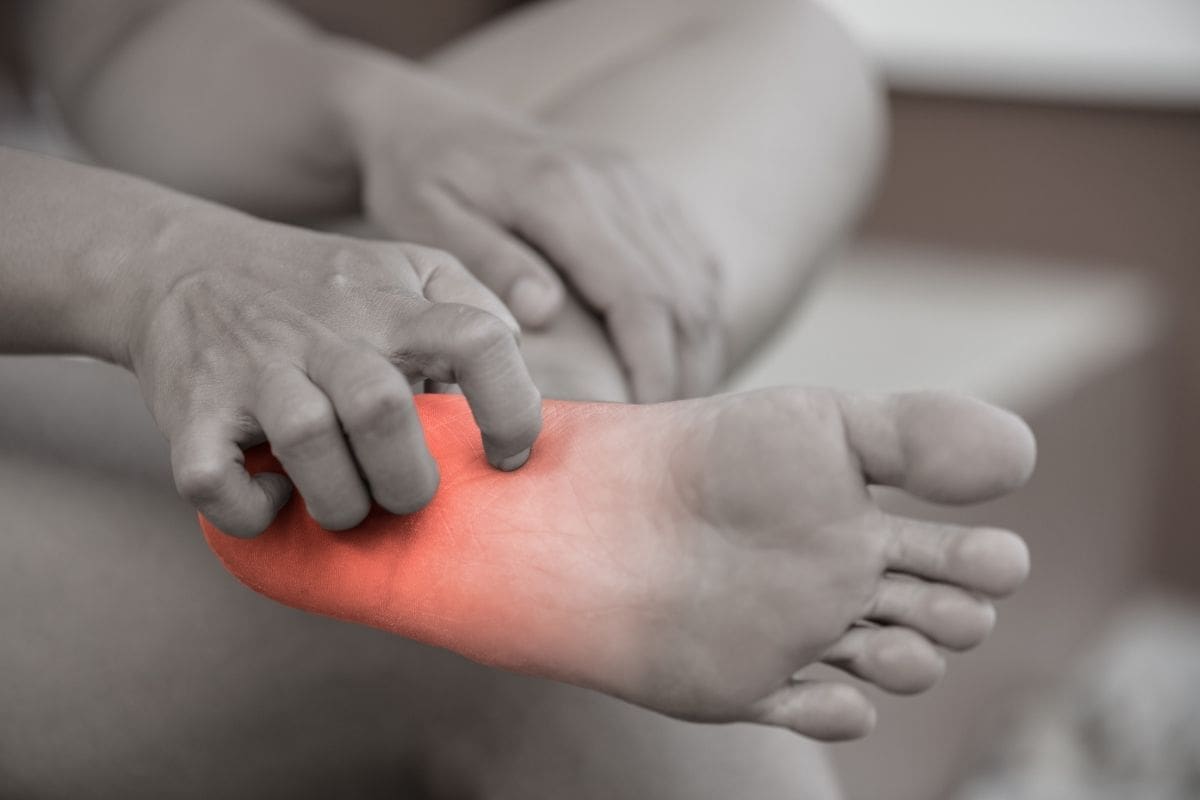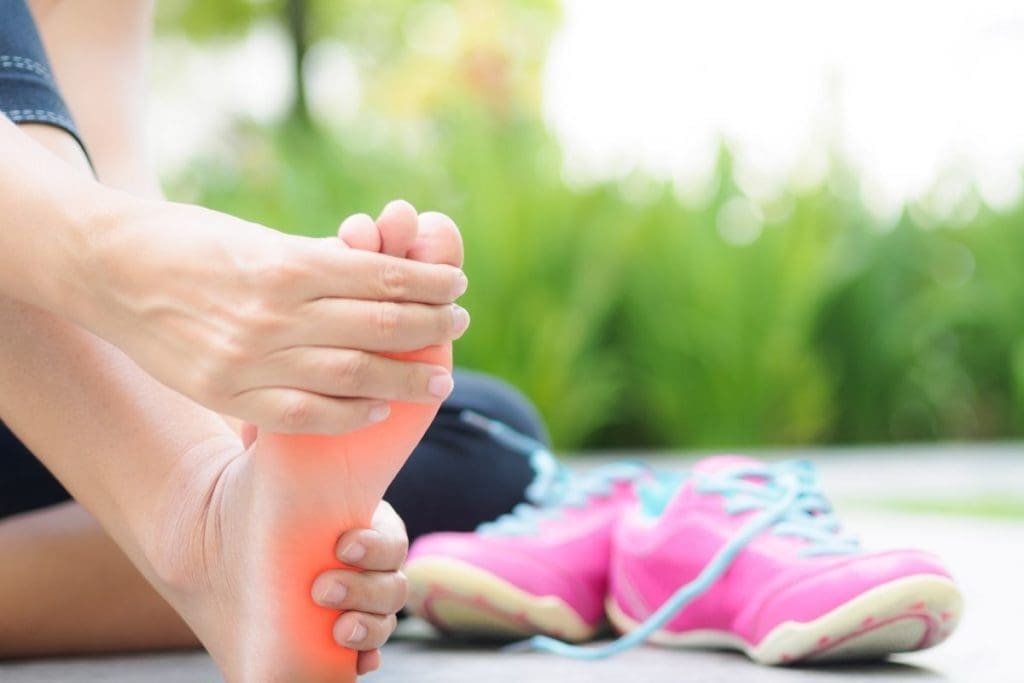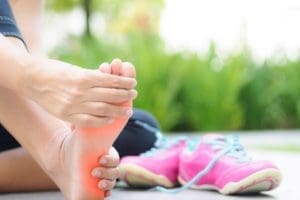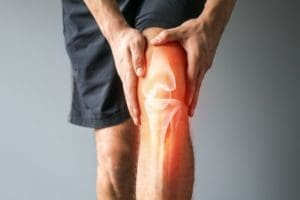I wanted to share some insight on what I feel has become tied for the third most prevalent issue I deal with during my day to day fittings. After low back and knee pain, hand and now foot numbness are an incredibly common symptom people experience if spending any length of time on a bike! It is often overlooked or accepted as “normal” and it usually isn’t until we do a deep dive into a rider’s history that one ends up realizing how much it actually is affecting them.
So what are some of the most common causes and more importantly what can you look for to help diagnose the source?
From my experience, the primary reason people’s feet go numb and fall asleep is the cleat placed on the bottom of the shoe is much too far forward. Have room to move your cleat further back? Give the delicate arteries and nerves of the forefoot a break and experiment with moving your cleat back on the shoe.
Next, riding with cycling shoes that are too narrow can cause foot numbness and this is particularly the case if both your feet are experiencing this problem. Self check by trying on your shoes in the morning versus the evening. Do they feel different? Tighter perhaps in the evening? When we cycle our feet swell and if our forefoot does not have the proper room to expand arterial and nerve compression results. Also worth comparing the forefoot insole width from your favorite pair of running shoes to your cycling shoes as a very basic indicator.

Some lesser known sources of foot numbness include a rider with rigid high foot arches. This facilitates poor load distribution across the sole of a stiff cycling shoe and compression of the delicate structures in the forefoot. Been told you have high arches by a previous health care provider, this could be you. Riding with a saddle position too low creates a situation where your foot never gets to experience pressure relief during the pedal stroke. Do you default to a heel down pedaling style all the time? This could be you.
Finally riding with a saddle position too high typically causes us to point our toes down to help reach the bottom of the pedal stroke. If this is you, your calf muscle remains in a semi-permanent state of contraction inhibiting arterial circulation to the foot as it travels through the lower leg.




